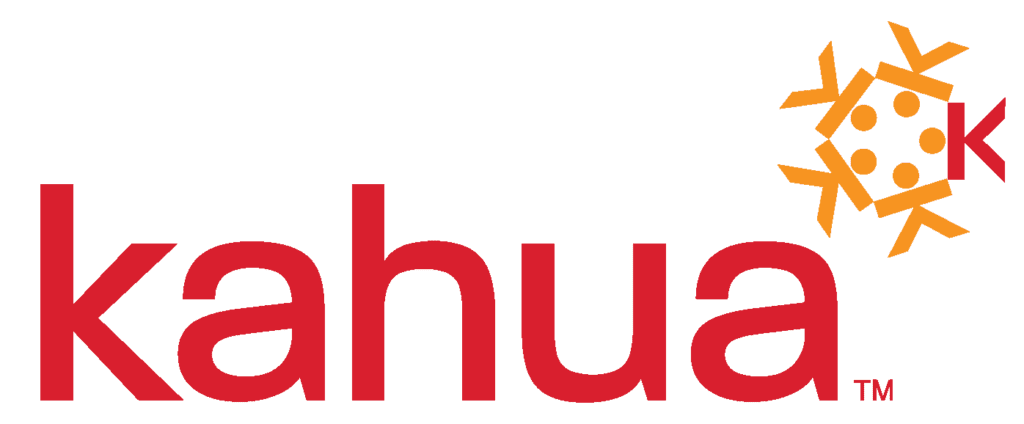Enhancing Asset Lifecycle Management: The Role of Asset-Centric Solutions
As an owner, construction is a very finite timeline of an ongoing capital plan. While project management systems are concerned with the construction and execution of your project, you are concerned with investing in future returns. Your focus is asset lifecycle management and all that will go into the long-term operations and maintenance of this new asset.
That is why, from your perspective, integrating asset data from the first steps of design on through to operations is vitally important. You need to know everything that went into the procurement, installation and commissioning of each asset to set your operations and maintenance team up for success.
OnIndus: Commitment to Asset-centric Solutions
At OnIndus, we believe that effective asset lifecycle management is essential for the long-term success of organizations handling capital projects.-
Our mission is to empower project owners by seamlessly connecting construction project data with operations through asset-driven solutions. From the initial design phase through procurement, installation, commissioning and ongoing operations, we ensure that asset data becomes a powerful resource.-
By shifting the focus from project to asset, we deliver a more integrated, efficient and sustainable approach to capital project management. Our customized solutions emphasize collaboration, data transparency and advanced technology integration, which helps clients achieve measurable outcomes while optimizing their operations and maintenance for the future.
Understanding Asset Centricity
Developing an asset-centric approach is a fundamental shift in how we handle project management. It begins by placing the asset front and center, more so than the project.-
Consider the types of data that are currently collected on your projects, such as submittals, RFIs and inspections. Typically, each of these data types are detailed in the project specifications and submitted by the contractor through a project management system. Things get marked up, adjusted, changed and resubmitted until ultimately a final product is installed.
At the end of the project, you are left with a database of information to try and comb through and tag to assets as you begin operations.
Now consider that same set of data, only collected on an asset instead of a project. You see, each submittal is specified for an asset on your project: RFIs, inspections, changes, substitutions, all information that is associated with an asset. By building an asset-centric approach, these items are tagged to the asset at creation and build out your operations library throughout the construction phases.
This becomes a huge saving to you, the owner, that in the past has been responsible for paying a second team to populate the as-built operations and maintenance system. No longer are you left combing through a database of unorganized information as the transition to ownership becomes a seamless flow of asset-centric data.
How Asset-Centric Addresses Current Challenges
The seamless turnover of asset libraries from construction to operations is just one way utilizing an asset-centric approach is empowering asset management. There are many historical disconnects between teams and data that are brought together by focusing on the asset first.
The full delivery of an asset involves many teams, from design and procurement to construction and commissioning. Traditionally, each of these teams have utilized their own solution for tracking their part of the asset lifecycle. In doing so, each representation of that asset became a partial dataset. Information in some instances was duplicated and in others left incomplete.
An asset-centric approach brings each of these teams together around the development of the asset. Not only does this eliminate the inefficiencies in data recreation by giving everyone access to a unified dataset, but it also rounds out a complete story of the asset lifecycle.-
An asset-centric approach also enables integration to additional systems. With all the information in a single database, the creation of an asset library within your CMMS solution becomes an integration point instead of a manual effort. This also allows for integration with GIS solutions to enable asset tracking in the physical world.
How OnIndus Integrates with CMMS, Esri and More
OnIndus offers comprehensive integration capabilities that streamline the transition from construction to operations, ensuring asset data flows effortlessly across platforms.
-
CMMS Integration: We enable the creation of detailed asset libraries within Computerized Maintenance Management Systems (CMMS), automating the process of populating these systems with accurate, real-time data. This integration supports predictive maintenance schedules, asset tracking and lifecycle cost analysis, empowering teams to make informed decisions with minimal manual effort.
-
Esri GIS Integration: Through integration with Esri’s GIS solutions, OnIndus brings spatial intelligence to asset management. This allows organizations to map, track, and monitor assets in the physical world, enhancing operational efficiency and enabling proactive maintenance and planning.
-
Unified Data Ecosystems: Beyond CMMS and GIS, OnIndus facilitates integration with other enterprise solutions, creating a centralized, comprehensive dataset. By unifying data across platforms, we eliminate inefficiencies, reduce redundancies, and ensure a complete narrative of each asset’s lifecycle, from conception to retirement.
By leveraging these integrations, OnIndus empowers clients with actionable insights, increased operational transparency, and the ability to adapt to evolving business needs.
By partnering with Kahua to put the asset first and create these integration points, a whole new level of detailed analytics becomes available. You have a complete view of your asset portfolio, with maintenance schedules, failure notification and end-of-life alerts feeding each capital improvement plan.-


